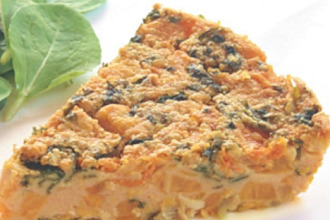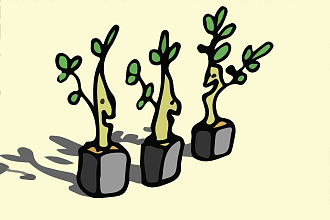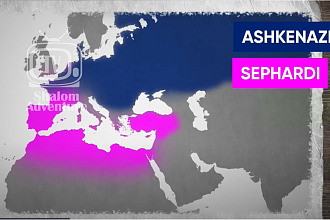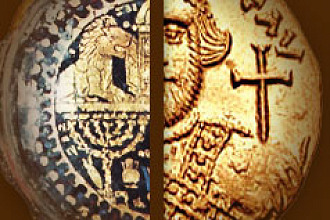Sephardic Jews are from Spain and Portugal. Sephardic custom claims the original Jews in Spain were exiles spoken of in the Jewish book of Obadiah. “And the captivity of this host of the children of Israel, that are among the Canaanites, even unto Zarephath, and the captivity of Jerusalem, that is in Sepharad, shall possess the cities of the South.” Obadiah 1:20 But there is very little information about the lives of Jews in Spain until Visigothic Spanish kingdom that outlawed Judaism in seventh century. (“What does Sephardi Mean? Who Are the Sephardim??” , n.d.)
Many Jews in Spain were later pressured into converting to Catholicism in order to survive, but even then they still faced problems. Many Jews from Spain relocated to Portugal because Judaism was still allowed, but in 1497 Portugal also banned Judaism. So Sephardic Jews moved to other parts of the world that were friendlier to Jewish beliefs, such as Greece, Turkey, and North Africa and brought their unique customs with them. (Weiner, Rebecca, n.d)
Although Sephardic Jews faced many problems and persecution they tended to be more integrated into non-Jewish society than non-Sephardic Jews (also called Ashkenazi Jews) because anti-Semitic persecution was not as consistent for Sephardic Jews as it was for Jews in other societies. Because of this Sephardic Jewish food, while kosher, and other practices related to Jewish custom tend to be more influenced by the surrounding non-Jewish society which makes for a unique fusion of Jewish culture. (“The Origins of Sephardim and Ashkenazim”, n.d)
Sephardic Jews have some slightly different customs than other Jews regarding religious practice. For example, during Passover Sephardic Jews may eat grains such as corn and rice and the father will circle the sedar table with a bag to symbolize the deliverance of Israel while non-Sephardic Jews do not include such customs in their Passover service. When some think of a Jewish language, besides Hebrew, Yiddish may be the first to come to mind. However, Sephardic Jews have their own distinct language called Ladino which is a mixture of Hebrew and Spanish. (Weiner, Rebecca, n.d)
The customs and traditional foods of Non-Sephardic Jews seem more distinct from the society at large which is reflective of their culture, which was more aloof and limited to their own tight knit communities due to their exclusion from surrounding cultures due to living with more consistent anti-Semitic persecution. But Sephardic Jews still share many similarities with other Jews although the application of certain beliefs may be different. (“The Origins of Sephardim and Ashkenazim”, n.d)
References:
Weiner, Rebecca, n.d “Judaism:Sephardim” Jewish Virtual Library received from http://www.jewishvirtuallibrary.org/jsource/Judaism/Sephardim.html
Author Unknown n.d “The Origins of Sephardim and Ashkenazim” Jewish History Blog received from http://www.jewishhistory.org/sephardim-and-ashkenazim/
Author Unknown n.d “What does Sephardi Mean? Who Are the Sephardim??” Foundation for the Advancement of Sephardic Studies and Culture received from http://www.sephardicstudies.org/intro.html
Picture originally found here


























